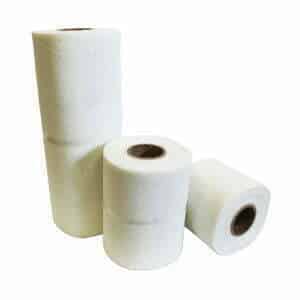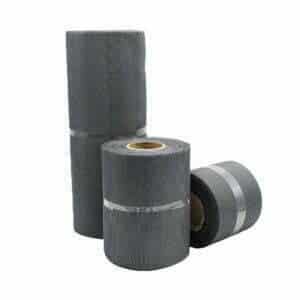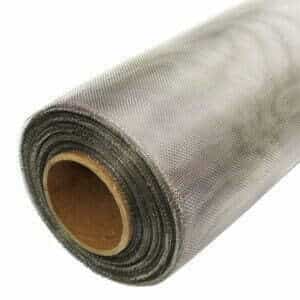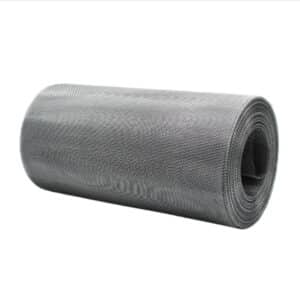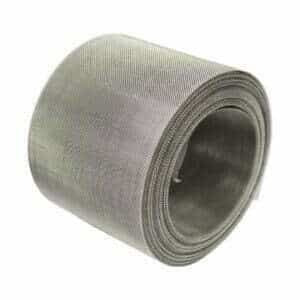








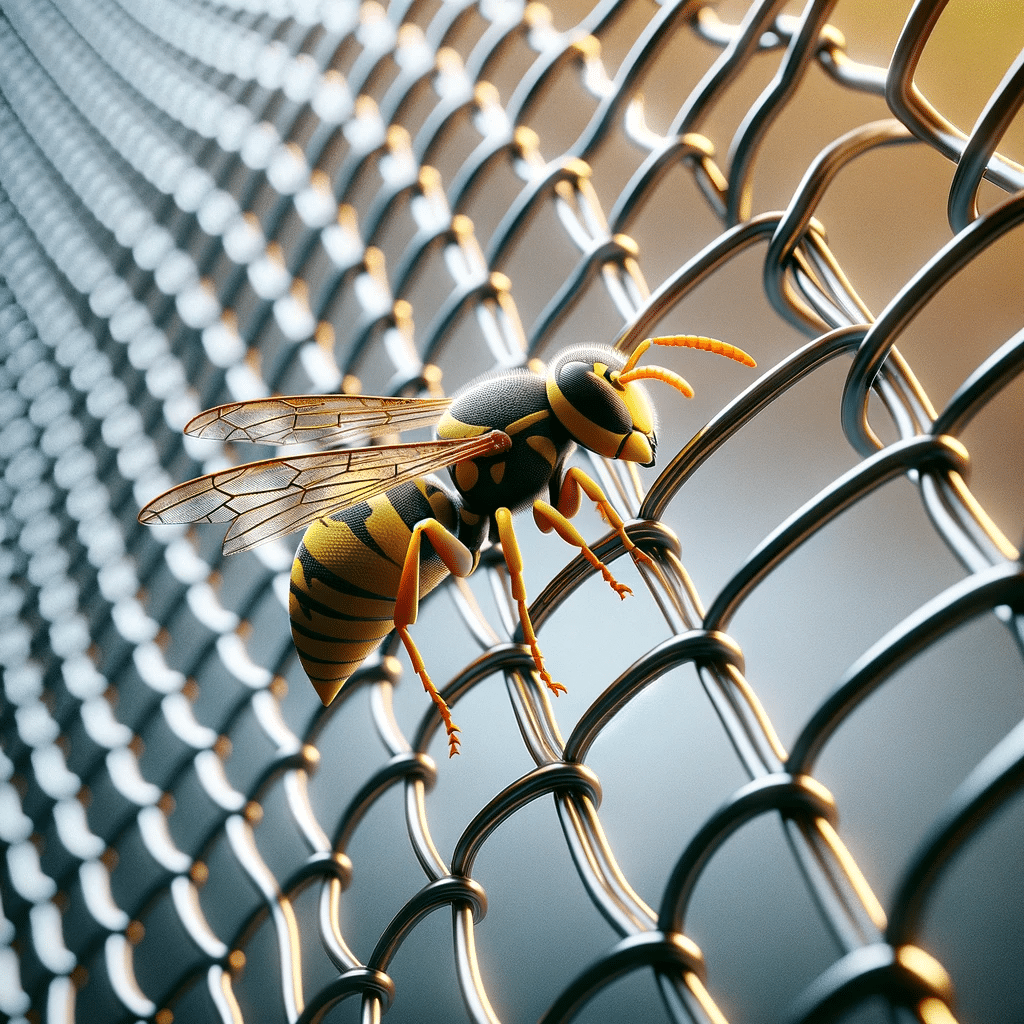
Insect mesh plays a key role in the battle against wasps, a common problem in many households.
Choosing the right kind of netting is crucial to wasp control, which goes beyond nuisance prevention to protect health and welfare.
Stainless steel and fibreglass insect meshes, available in a variety of hole sizes and materials, provide a comprehensive defense against these persistent pests.
As part of this guide, we’ll examine the specifics of each mesh type available, assessing their suitability as wasp netting. Insect mesh soffit rolls with 1.36mm holes are known for their fine yet sturdy structure, whereas fibreglass mesh soffit rolls with larger holes offer versatility. Having a thorough understanding of these different meshes will not only help you combat wasp invasions but also maintain a comfortable and safe environment.
In comparing stainless steel and fibreglass meshes, we will consider factors such as hole size, material strength, durability, and ease of installation. This guide is intended to provide you with a thorough understanding of your specific needs, whether you are protecting a residential property, commercial space, or outdoor space.
Let’s get into it…
There are various problems associated with wasps, including painful stings and potential health risks, especially for people allergic to their venom. Due to their ability to build nests close to human activity, they pose a significant threat to homeowners and businesses. Therefore, wasp control is not only about comfort, but also about safety.
Managing wasp populations requires proper netting. As a physical barrier, it prevents these insects from accessing potential nesting sites and food sources. In this regard, choosing the right mesh is crucial, because it must balance blocking wasps with maintaining air flow and visibility. Next, we’ll examine various mesh options and evaluate their effectiveness in preventing wasps.
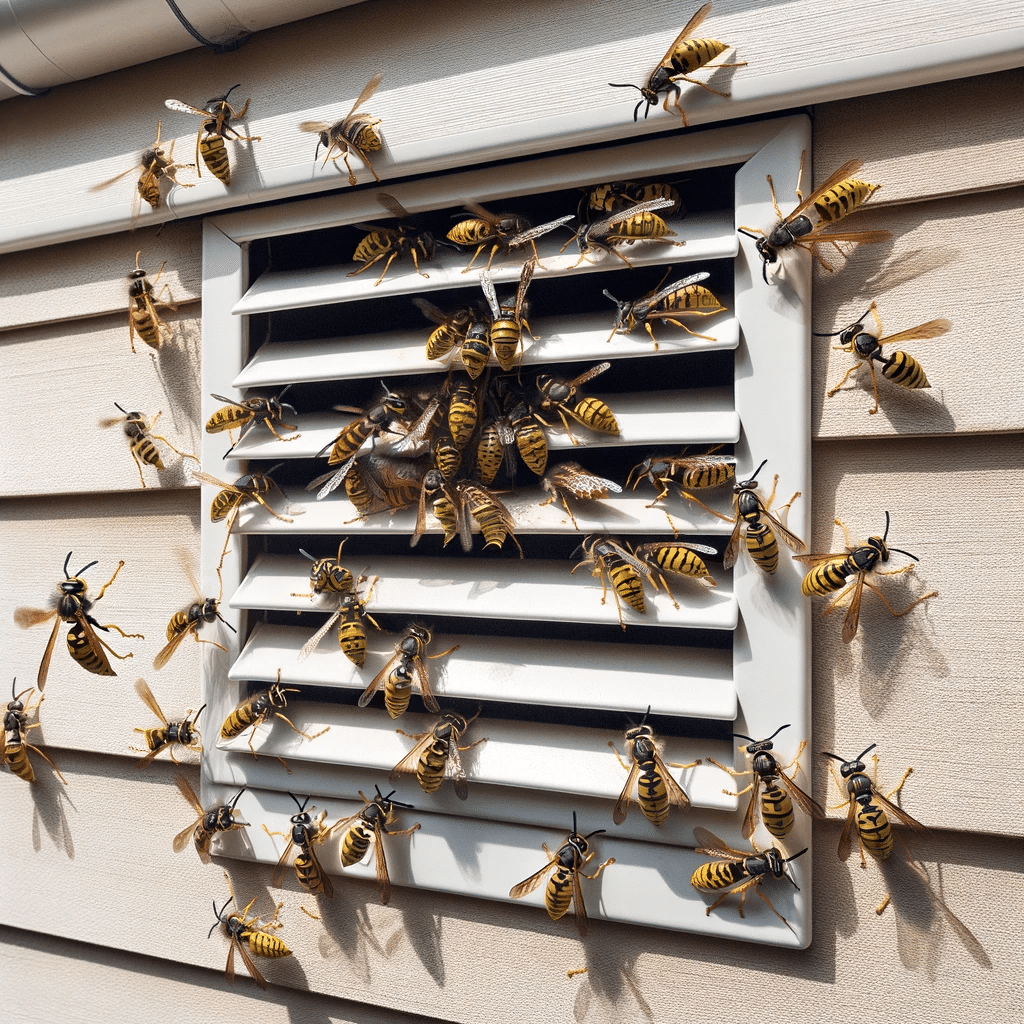
For maximum effectiveness, several factors must be considered when choosing a mesh for wasp control. It is imperative that the hole size is small enough to prevent wasps from passing through, but large enough to allow adequate air flow. Material strength and durability are also important, as the mesh should withstand environmental elements and wildlife damage.
Our range includes several options that cater to these requirements:
There are several advantages to each of these options, and each of them is unique in its own way. In the next section, we will take a closer look at the specifics of the stainless steel woven insect meshes and examine their suitability for keeping wasps at bay by concentrating on their properties.
The stainless steel woven insect meshes in our range are designed to offer both durability and effectiveness in wasp control. The fine crafting of these meshes makes them an ideal choice for areas where wasp prevention is essential.
1.36mm Hole Stainless Steel Woven Insect Meshing Soffit Rolls
There are some very good reasons to use these soffit rolls in areas where you need to balance the circulation of air with the protection from insects. The 1.36mm hole size is small enough to deter wasps and other larger insects, while still allowing for ventilation. Due to this, it can be used in such locations as eaves, roof overhangs, and other similar locations where moisture can accumulate.
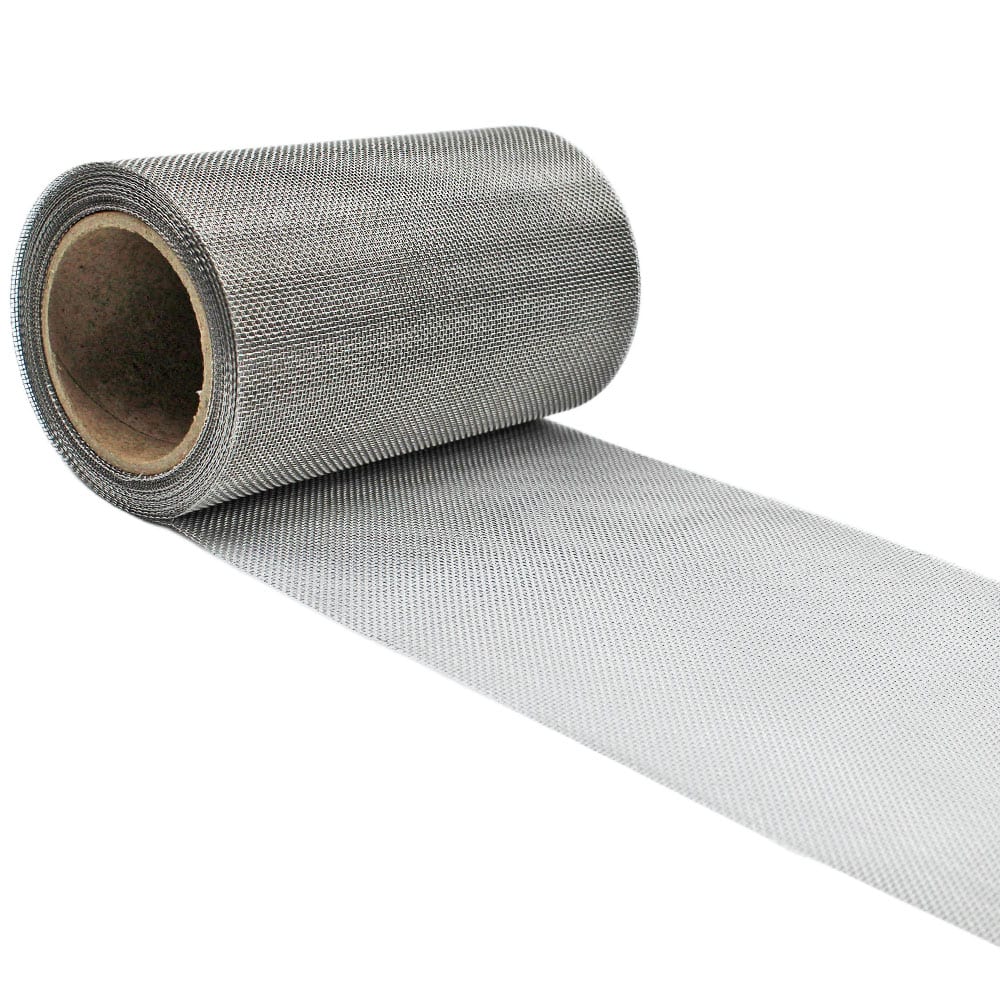
0.42mm Hole Stainless Steel Woven Insect Mesh Midge Net
As this mesh has an even finer hole size of 0.42mm, it makes it an excellent choice for areas where maximum protection is required as it offers even finer holes. A barrier that is virtually impermeable to small insects as well as wasps makes this product particularly suitable for environments that are prone to smaller insects and wasps.
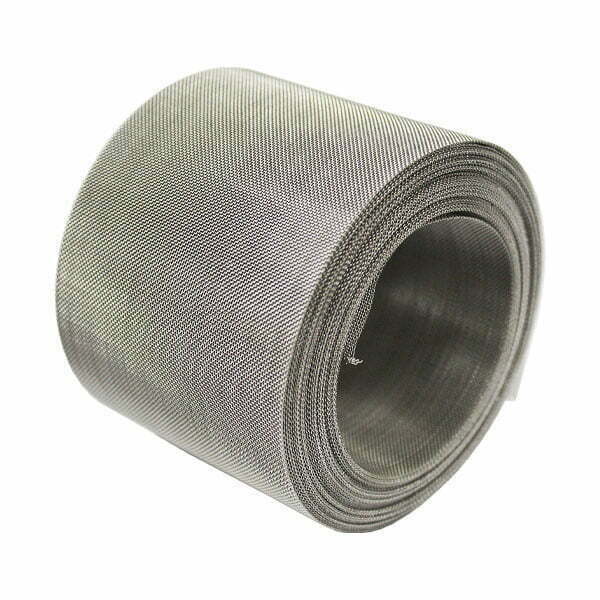
0.57mm Hole Stainless Steel Woven Insect Mosquito Netting
In terms of protection and functionality, this netting is perfect. With a 0.57mm hole size and stainless steel construction, this wasp control device can withstand various weather conditions and potential impacts, making it a long-term solution.
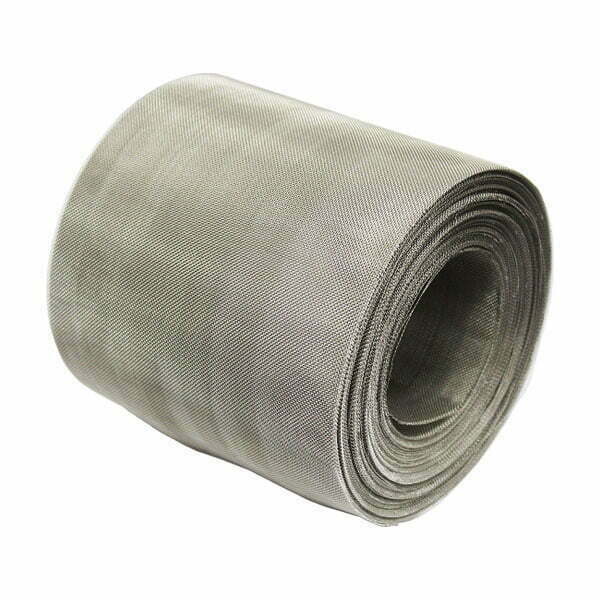
Stainless steel meshes provide long-term protection against wasps and other insects due to their durability. Whether they are exposed to harsh sun, rain, or humidity, they are resistant to rust and corrosion. We will provide practical tips on installing these meshes effectively for optimal wasp control in the next section.
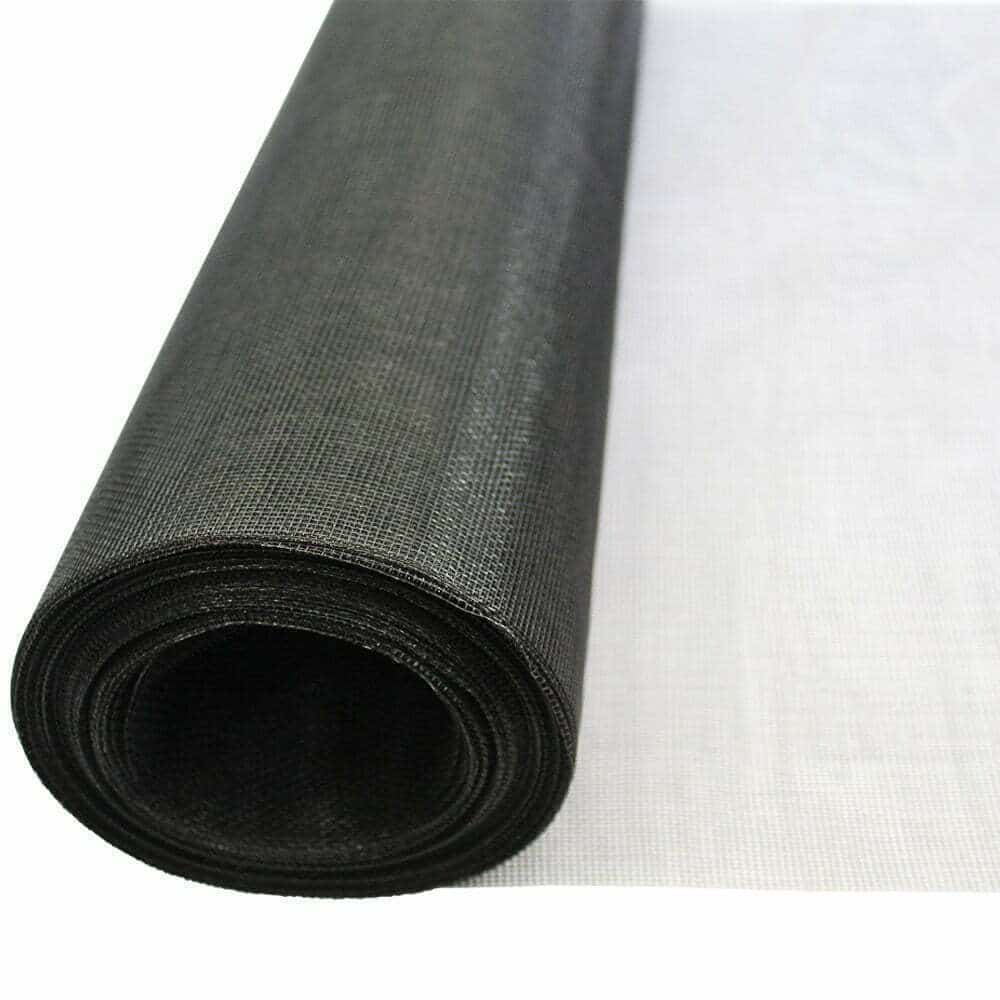
We offer stainless steel insect meshes as well as fibreglass and aluminium insect meshes, each of which offers unique advantages.
White and black/grey fibreglass insect mesh rolls are available in various sizes, as well as aluminium insect soffit vent mesh rolls.
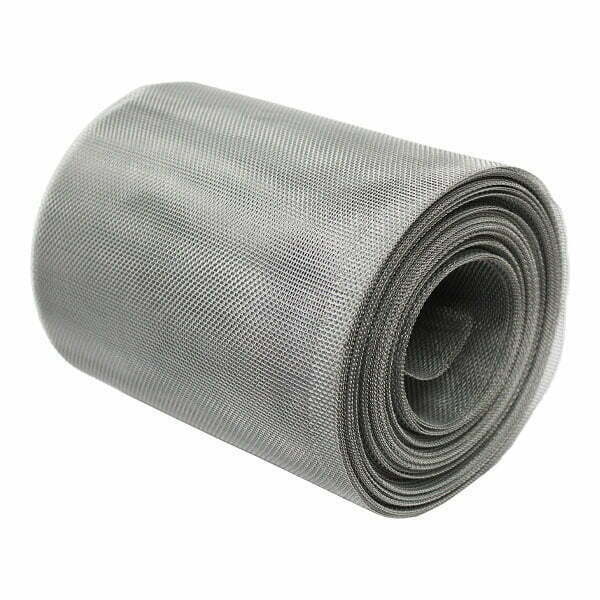
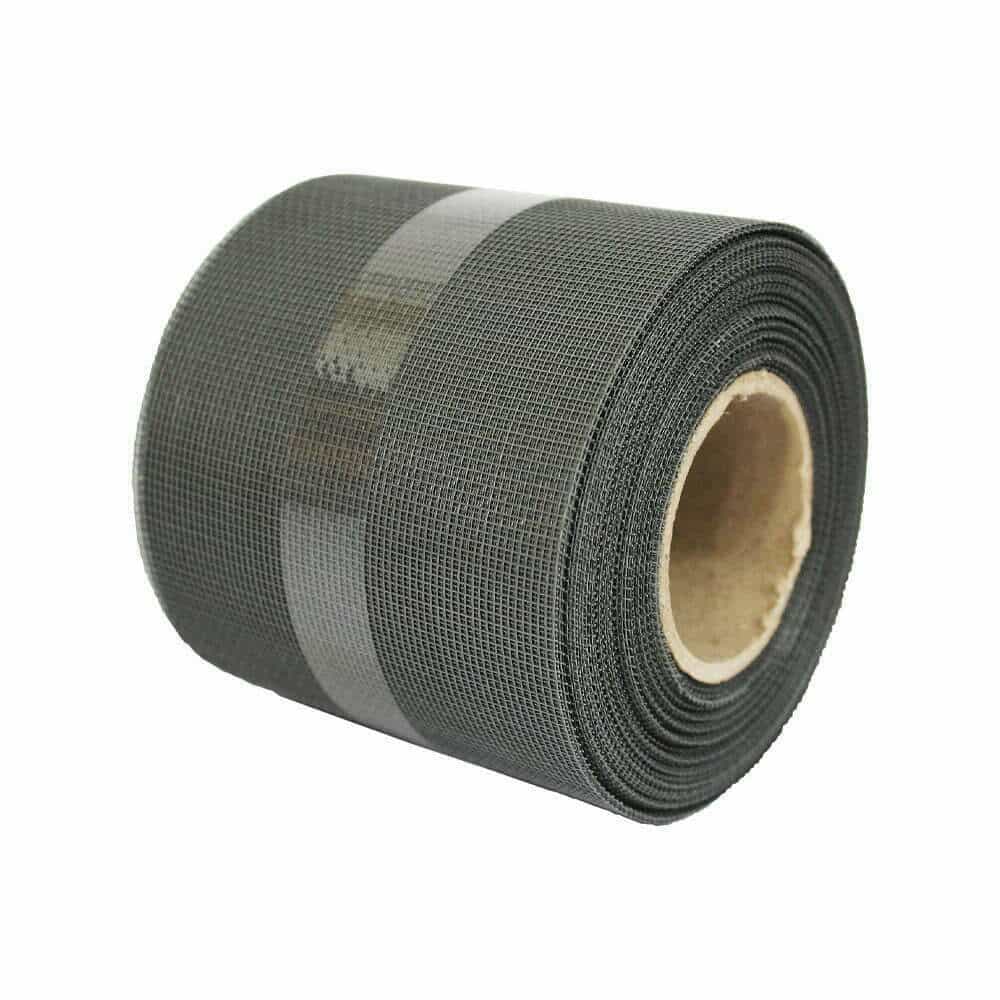
Fibreglass Insect Mesh Rolls:
Fibreglass mesh, available in white, black, and grey, offers a lightweight and versatile solution for keeping wasps at bay.
It has the advantage of being easy to install. It is easier to cut and fit fibreglass mesh into various spaces, such as window frames, soffits, and vents, because it is more pliable than metal. Due to this flexibility, it is ideal for DIY projects or situations requiring custom fitting.
Another significant benefit of fibreglass mesh is its visibility. When installed over windows or other openings, its material ensures that it doesn’t obstruct views or reduce natural light. It is therefore an attractive option for residential settings where aesthetics are important.
Fiberglass mesh, however, may not be as durable as stainless steel or aluminium. Despite its resistance to rust and corrosion, it can wear out over time, particularly in harsh weather conditions. In order to maintain its effectiveness, regular inspections and maintenance may be required.
Aluminium Insect Soffit Vent Mesh Rolls:
Aluminium mesh combines the lightweight nature of fibreglass with increased strength and durability.
Compared to fibreglass, it provides a stronger barrier against wasps. Consequently, it is suitable for outdoor vents and soffits exposed to the elements that require a more robust solution.
In addition to its weather resistance, aluminium mesh can withstand a variety of conditions without corroding or degrading. Durability translates into a longer lifespan and fewer replacements.
Compared to fibreglass, aluminium mesh has a lower visibility, which may be a factor in certain aesthetic applications. Its strength and durability make it a practical choice for areas where durability is more important than aesthetics.
When comparing the effectiveness of different mesh options against wasps, several factors come into play: hole size, material durability, ease of installation, and longevity. Each of these factors plays a crucial role in determining the most suitable mesh for specific environments or applications.
Hole Size:
Material Durability:
Ease of Installation:
Longevity:
Installing insect mesh effectively is crucial for optimal wasp control.
Each type of mesh has specific installation and maintenance requirements to ensure its effectiveness and longevity.
For stainless steel mesh, including finer options like the 0.42mm hole mesh:
For fibreglass and aluminium mesh rolls:
Maintenance tips for long-term effectiveness:
For wasp control, choosing the right insect mesh requires a balance of effectiveness, durability, and ease of use. A stainless steel mesh, particularly a finer option, stands out for its durability and effectiveness against wasps, but requires more care when installing it. Meshes made of fibreglass and aluminum are easier to install and flexible, making them suitable for a variety of settings.
Due to its fine structure and robustness, the 0.42mm hole Stainless Steel Woven Insect Mesh Midge Net is highly recommended for effective wasp management. For environments where ease of installation and flexibility are important, fibreglass or aluminium mesh rolls are excellent choices.
When selecting insect mesh for wasp control, it is important to consider your specific needs and environmental conditions.
As ever, we’d love for you to contact us if you have any questions whatsoever.
As always, thank you for checking out our blog. We hope that this helps you with your project. We try to launch a couple of new guides every week. Eventually we will have covered everything there is to cover about mesh.
You may be interested in our blog that explore aluminium fly mesh and stainless steel insect meshing.
Our goal for our blogs and help guides is to answer as many questions as possible to help to explain the possibilities of mesh to our customers.
